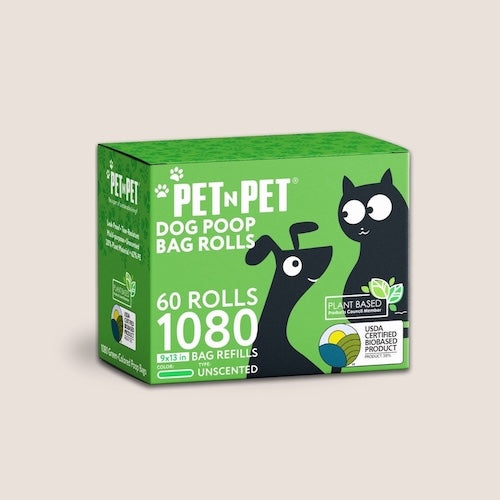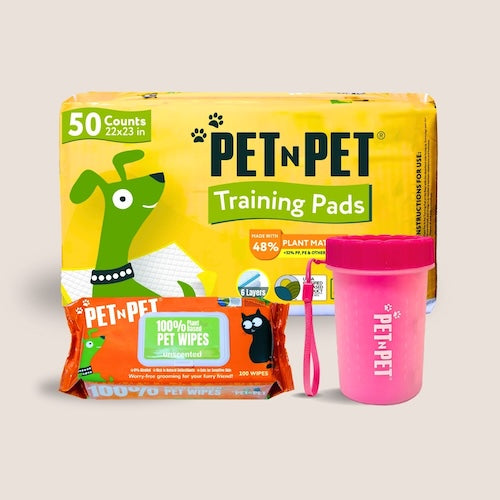
Cat Not Eating? Common Causes & Simple Solutions
If your cat suddenly stops eating, it can be worrying. Cats are usually creatures of habit, so skipping a meal isn’t always serious. But if it goes on for more than a day or two, especially with kittens, it could be a sign that something is wrong.
Here’s a guide to the most common reasons cats refuse food, when you should contact a vet, and easy tips to encourage them to eat again.
Why Your Cat Might Not Be Eating
There are several possible reasons behind a cat’s loss of appetite. Some are linked to their surroundings, while others relate to health.
1. Stress or Environmental Changes
Cats don’t handle change very well. Moving to a new home, rearranging furniture, visitors, loud noises, or even placing the food bowl in a new spot can make them too anxious to eat.
Keeping their feeding setup consistent—such as using the same cat litter liners and mats—can help reduce stress around their daily routine.
2. Boredom with Food
Eating the same meal every day can make cats lose interest. Even a small recipe change in their usual food might cause them to stop eating.
3. Dental Pain
If eating causes pain, your cat might avoid food altogether. Problems like sore gums, broken teeth, or mouth ulcers are common reasons.
4. Stomach or Digestive Issues
Conditions such as constipation, vomiting, or bowel inflammation may lead to appetite loss. Watch for signs like diarrhea, frequent vomiting, or straining in the litter box.
Keeping the litter box fresh with disposal bags can also make your cat feel more comfortable in their space.
5. Infections or Illness
Cats often lose interest in food if they’re unwell. A fever, infection, or other illness can leave them feeling too tired to eat.
6. Side Effects from Vaccines or Medicine
It’s normal for cats to eat a little less after vaccinations or when starting new medication. This usually passes quickly but should be monitored.
7. Aging and Appetite Changes
Older cats may lose their sense of smell and taste, which makes food less appealing. Age-related health conditions such as kidney disease or thyroid problems can also affect appetite.
When to Call the Vet
Not every missed meal is a cause for panic, but there are times when professional help is necessary. Contact your vet if:
-
Your cat hasn’t eaten in 24–48 hours
-
They are losing weight quickly
-
There is vomiting, diarrhea, or unusual tiredness
-
They are drooling, pawing at the mouth, or dropping food
Cats can develop serious liver problems if they go too long without eating, especially if they are overweight. Don’t wait too long to get help.
How to Encourage Your Cat to Eat Again
If the vet confirms your cat is healthy, try these methods to make food more appealing:
Warm the Food
Gently heating wet food helps release its smell, making it more tempting. It also softens the texture, which helps cats with sore teeth.
Offer New Textures or Flavors
Cats can be picky about texture. Some like smooth pâté, others prefer chunks in gravy or shredded food. Experiment with different flavors such as chicken, beef, or fish.
Add Safe Toppers or Broth
Mix in a little tuna water, plain chicken broth (unsalted), or a cat-safe topper to boost aroma and taste.
Use Feeding Accessories
Making mealtime smoother with the right feeding accessories—like durable bowls, scoopers, or mats—can encourage consistent eating habits.
Provide a Calm Feeding Space
Make sure your cat’s bowl is in a quiet spot, away from noise, people, or other pets. Many cats prefer eating in peace.
Final Thoughts
A cat refusing food can be stressful, but often the cause is simple, such as stress or food boredom. However, loss of appetite can sometimes signal a health issue, so it’s important to watch for warning signs and seek veterinary advice if needed.
With a little patience and some small adjustments—like warming food, trying new flavors, or keeping mealtime stress-free—you can usually help your cat get back to healthy eating.
For practical tools that make daily care easier, check out Pet N Pet’s collection of litter bags, mats, and feeding accessories to support your cat’s comfort and wellbeing.






